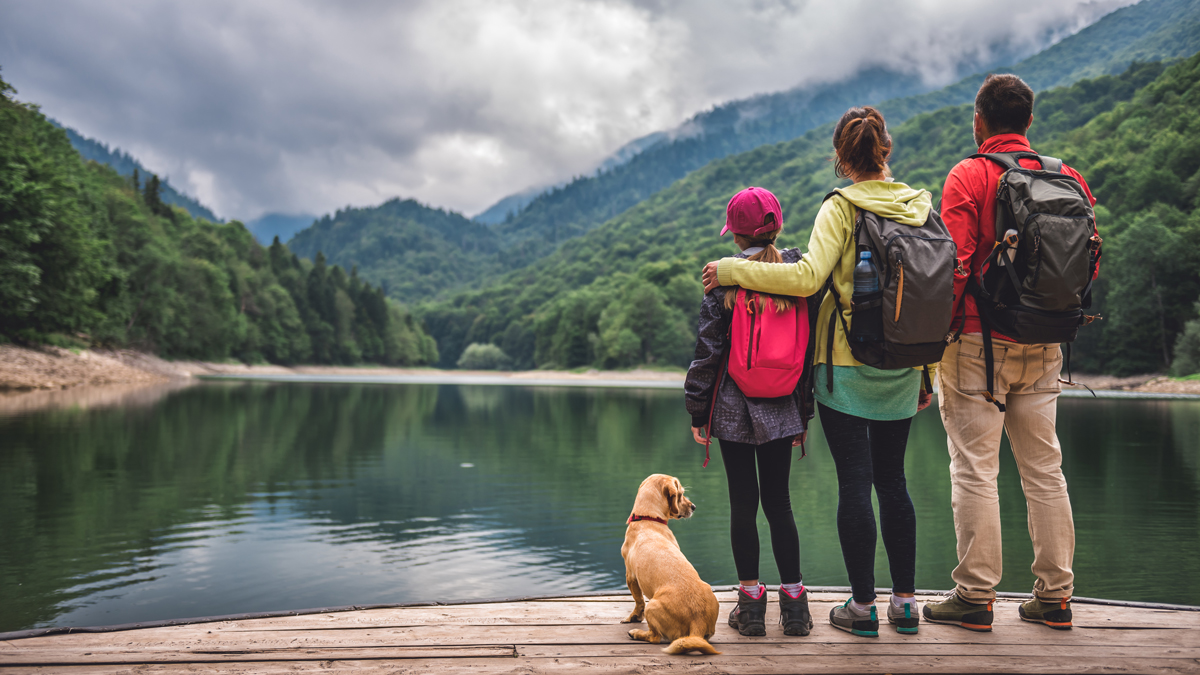Hitting the road with nothing more than absolute necessities on your back is an exciting outdoor adventure. Backpacking has been popular for many decades and it seems that many young people nowadays choose this way of traveling over more conventional options. The sense of freedom and thrill backpacking gives can’t be described if you have never done it.
If you wish to try it yourself you will need to be organized and plan. Determining what to bring on your backpacking trip isn’t always an easy task. You must take a lot of factors into consideration (e.g. the weather forecast, the location, and how far do you plan to hike). If you are curious about this topic, please continue reading this simple guide and learn what you should bring the next time you go backpacking.
Make A Backpacking Checklist
When you are packing you can sometimes feel overwhelmed and risk forgetting to bring something important. That is why making a checklist is a great idea. You don’t want to find yourself in the middle of nowhere only to find out you are missing the essentials. You may think that it’s not possible to forget about obvious items like shelter, navigation, headlamp, or your best backpacking chair, but it’s better to be safe than sorry. Here is a list of items that should be on your checklist. When you make one it’s easy to save it on your smartphone and use it every time you go backpacking in the future.
- Hiking boots or shoes
- Backpack
- Tent
- Sleeping bag and sleeping pad
- Stove and fuel
- Kitchen supplies
- Plenty of food
- Water bottles and water-treatment supplies
- Weather-appropriate clothing
- Emergency and hygiene supplies
- Small repair kit
Backpacking Gear
If you want a pack for overnight trips it’s best to choose the one that holds 30-50 liters, or go with even bigger packs if you plan to be out for two or three nights. Make sure your backpack has a rain cover. It should contain your tent, sleeping bag, sleeping pad, and a fleshlight with some extra batteries.
Food And Water
Make sure you pack snacks like nuts, energy bars, hard cheeses, or beef jerky. They are light to carry and easy to eat on the move. Your food should be portable and not too bulky.
When it comes to planning your water, you must look closely at available water sources at your destination. A general recommendation in moderate temperatures is to drink ½ liters per hour, but you may need more if your activity levels are high.
Clothing And Footwear
Checking the forecast and dressing appropriately for the weather conditions is very important. Always pack some extra clothes to be prepared. Don’t forget to consider how much protection your clothing provides against the sun’s ultraviolet rays.
When it comes to your footwear, the most important factor is the terrain. If you plan gentle hikes on smooth terrains hiking shoes are a good option but on a rocky, rugged trail boots may provide more support.
Now that you know how to pack and what to bring there is no reason you shouldn’t try backpacking the next time you decide to travel. It will give you straight and confidence, teach you how to be more flexible, and you will become more open-minded. Who knows? Maybe you will find great new friends, or have an adventure you will remember for a lifetime? You’ll never know if you don’t give it a try.

